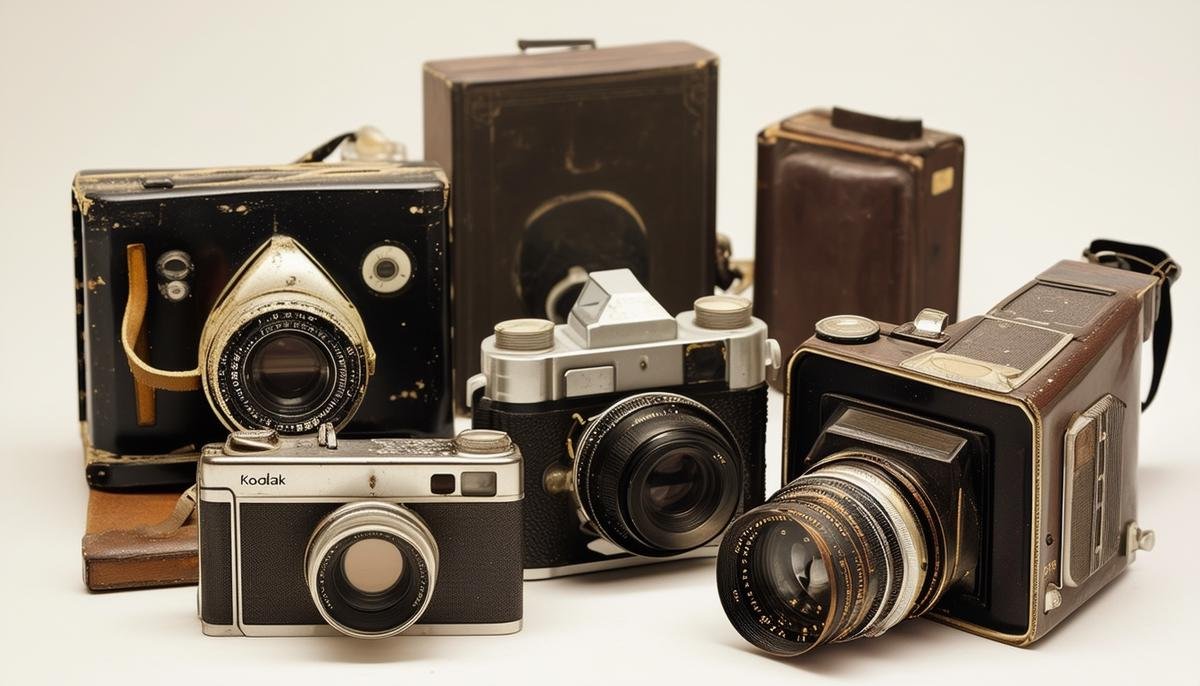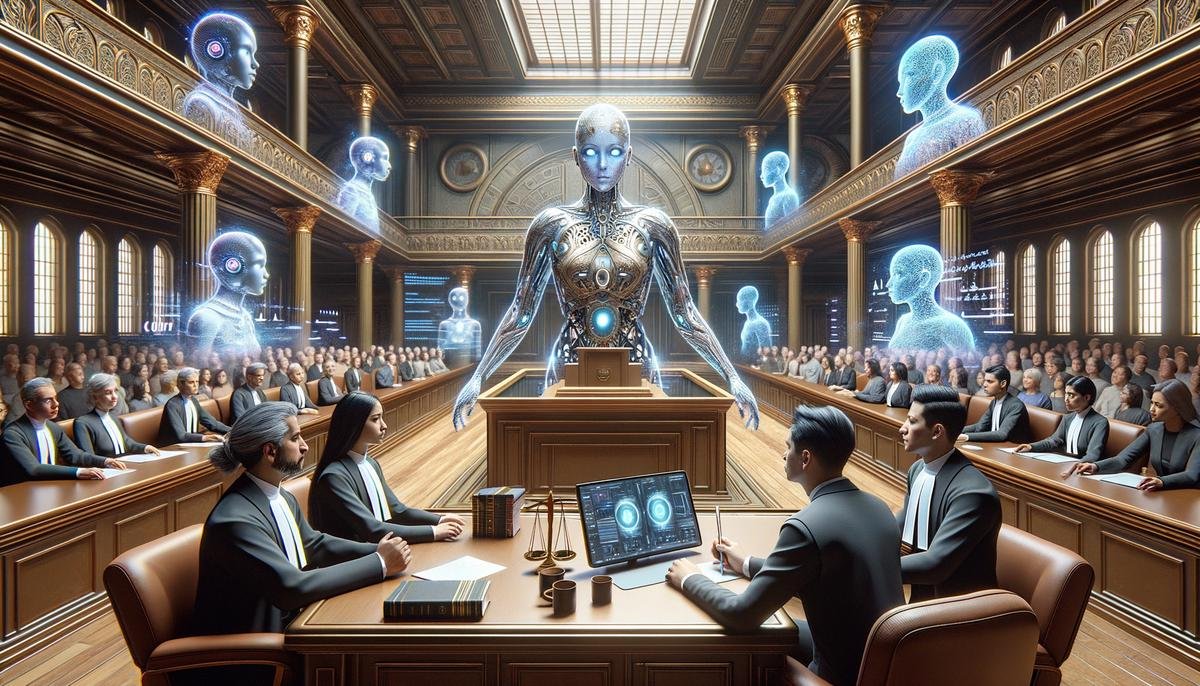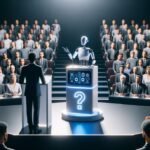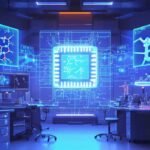Photography has evolved from the camera obscura to today’s AI-driven tools, shaping how we capture and interpret the world.
Historical Evolution of Photography
Photography began with the camera obscura, evolving into the daguerreotype in 1839. William Henry Fox Talbot’s calotype in 1841 allowed multiple copies. George Eastman’s Kodak in the late 1800s simplified photography with roll film.
The 20th century brought flexible film, color processing, and Polaroid cameras. Digital photography emerged in the 1970s, becoming widespread in the 1990s with the first consumer digital camera.
AI now enhances image editing, making tasks like exposure adjustment and color balancing more efficient. Tools like Adobe Sensei and Topaz Labs automate tedious tasks. AI-generated images from platforms like Midjourney and Stable Diffusion raise questions about creativity and the definition of photography.
While AI simplifies many aspects of photography, capturing spontaneous moments and conveying emotional depth remains a human skill.

AI’s Role in Modern Photography
AI has become integral to modern photography, transforming image capture, processing, and enhancement. Automated image processing streamlines tasks like exposure adjustments and color corrections. Machine learning algorithms improve object recognition, enhancing photo organization and focal adjustments.
AI-powered editing tools like Topaz Labs and Google’s DeepDream offer advanced image enhancements. AI-generated portraits using neural networks can produce lifelike images from simple prompts. Real-time adjustments and pre-visualization assist photographers in planning shoots.
AI makes high-quality photography more accessible to people of all skill levels, including those with disabilities. However, the core of photography remains human, relying on intuition and creativity to capture moments, emotions, and stories.
The future of AI in photography promises further advancements, but ethical considerations surrounding authenticity, privacy, and copyright will remain important discussions.
Human Element vs. AI in Photography
While AI enhances many aspects of photography, it cannot fully replicate human creativity. Photographers forge emotional connections with subjects, capturing authentic expressions and stories. Spontaneity and split-second decisions driven by instinct and experience are challenging for AI to duplicate.
- Human photographers bring unique perspectives and artistic styles
- They excel at handling complex social interactions
- Adapting to unpredictable environments is a human strength
- The editing process benefits from human emotional and aesthetic judgments
As AI continues to evolve, these human elements remain essential to photography as an art form. The synergy between AI and human photographers promises to create a more diverse photographic landscape, where technology supports but does not replace human creativity.

Vulnerable Photography Services
Stock photography and basic portrait editing face significant impact from AI advancements. AI-generated images can quickly produce high-quality visuals that meet stock photo standards, potentially displacing traditional stock photographers. AI portrait retouching tools offer swift and consistent results, reducing demand for manual editing services.
However, certain photography niches remain reliant on human expertise:
- Event photography
- Authentic product shoots
- Personal photography services (boudoir, newborn, family sessions)
- Editorial and fashion photography
While AI may assist in these fields, the central creative force remains human.

Future Trajectory and Ethical Considerations
As AI in photography advances, it may create new visual styles and push artistic boundaries. However, this progress raises ethical concerns. Distinguishing between AI-generated and human-made images becomes challenging, necessitating standards for disclosing AI involvement.
Privacy issues arise with AI’s ability to analyze and generate images, requiring safeguards to protect individuals’ likenesses. Intellectual property concerns emerge as AI training involves vast datasets of copyrighted images, calling for clear legal frameworks1.
The photographic community must stay informed about AI capabilities and engage in discussions on ethical applications. Balancing technological advancements with ethical considerations will be crucial in preserving the integrity of photography as an art form.

AI offers new tools and efficiencies in photography, but capturing spontaneous moments and conveying emotional depth remains a distinctly human ability.
- Elgammal A. AI Is Blurring the Definition of Artist. American Scientist. 2019;107(1):18-21.




